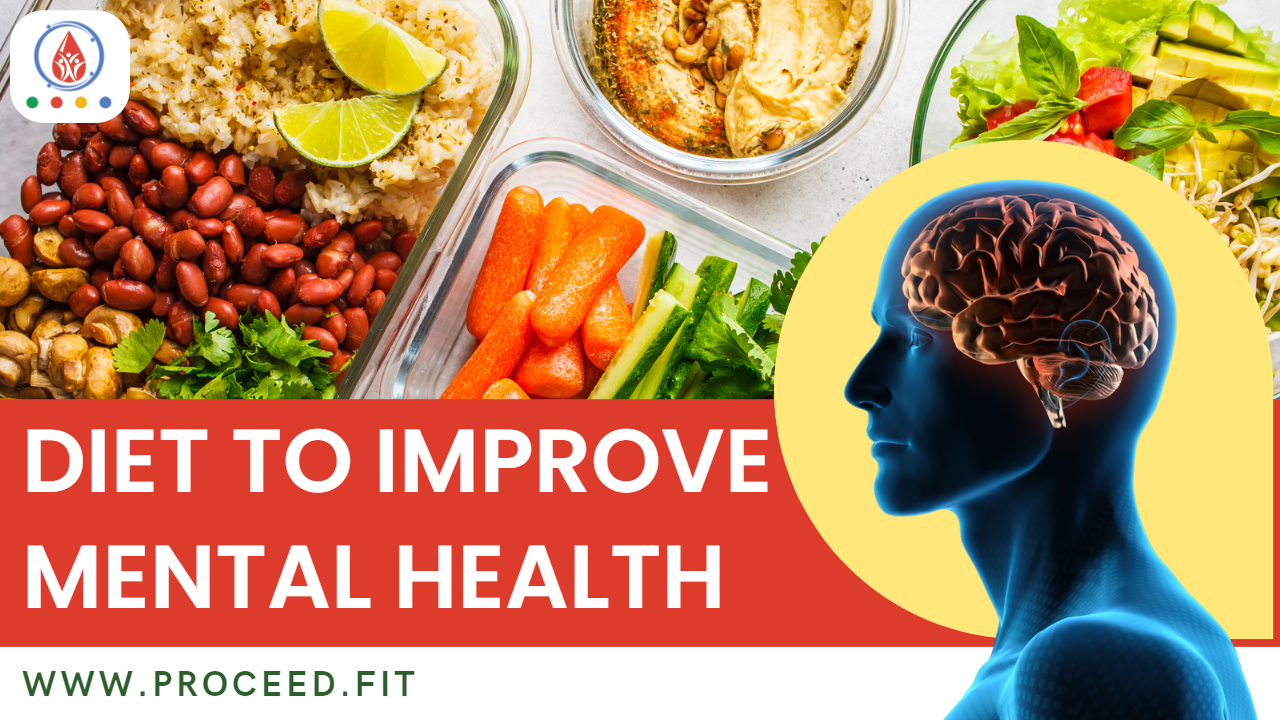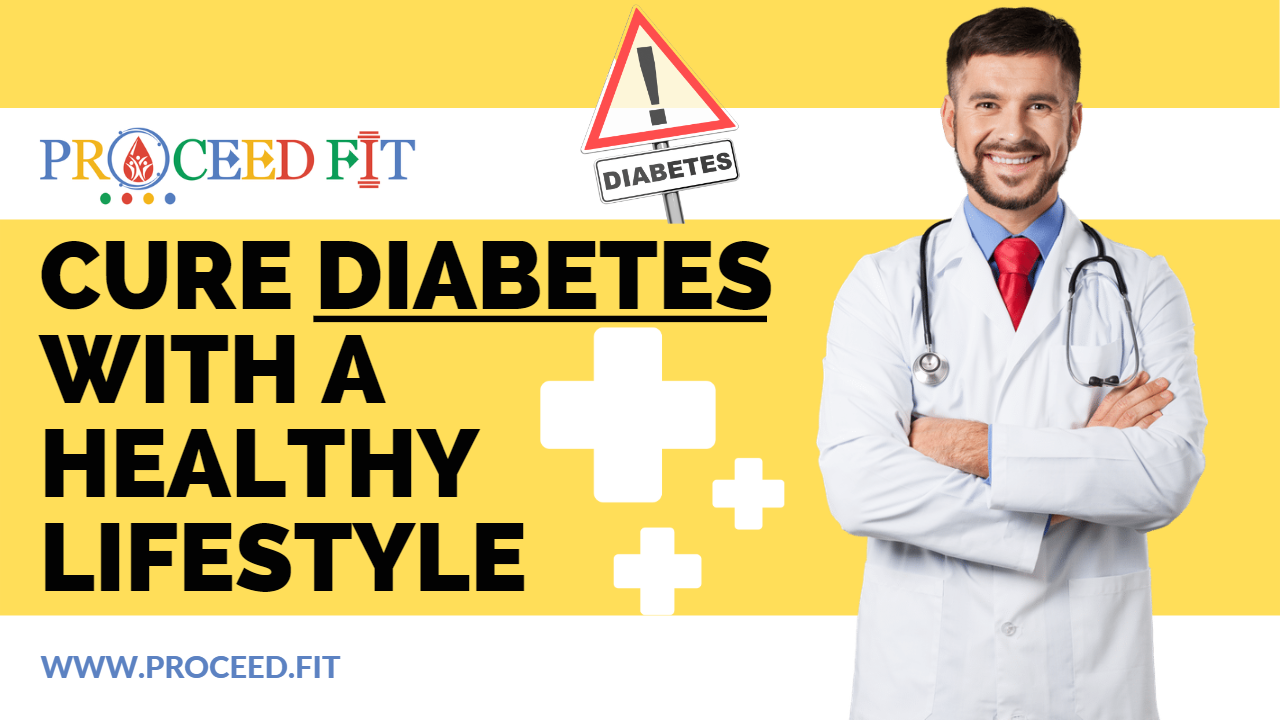
Rejuvenate Your Body: The Wonders of Cellular Cleansing and Autophagy
Healthcare Oct-02-2023 0Body cells are like cars, and as they age, more and more parts need to be replaced. Then, when the cell becomes too old to be "repaired", it breaks down to make room for a new healthy cell.
Apoptosis, or programmed cell death, is a process that starts in a cell when it reaches a certain age, which pushes it towards self-destruction. However, when only certain cellular components require replacement, autophagy kicks in.
This function exists in every one of our cells. In fact, this cleansing and repairing process occurs naturally, cyclically, during phases when the cell is relatively dormant, but becomes less active with age.
If the level of autophagy is insufficient, unwanted cellular components accumulate over time, which contributes to the development of certain diseases, such as cancer. High levels of glucose, insulin, and protein can interfere with normal cell cleansing. Conversely, fasting or endurance training activates autophagy.
What is Autophagy?
Translated from Greek, “autophagy” means “self-eating”. And only in a good way. After all, this is how the body is cleansed of damaged cells and toxins.
The human body contains trillions of cells. Over time, various dead organelles, damaged proteins and oxidized particles accumulate in our tissues, which interfere with the normal functioning of the body. Age-related illnesses and their consequences are accelerated by this.
Since many of our cells, such as the brain, need to function throughout our lives, the body has developed a unique way of getting rid of defective particles and a natural defence against disease - autophagy.
This cell regeneration mechanism is critical to overall health. For example, autophagy dysfunction has been linked to several neurodegenerative disorders, including Alzheimer's disease.
Autophagy is a regulated process by which a cell destroys its dysfunctional or foreign components. It can then recycle useful chemical components for other uses.
This allows autophagy to regulate the balance of protein composition in the cell, prevent the accumulation of toxic waste products, maintain the function of cellular organelles, remove invading pathogens, and maintain cells during periods of low energy consumption due to starvation.
Mechanism of action:
In essence, autophagy is the creation of a "trash bag" (autophagosome) that collects cellular components and then delivers them to the cell's "processing center" (lysosomes), where they are divided into parts and can be processed into new components.
Autophagy is usually triggered by a lack of nutrients in the cell. It is believed that insulin suppresses autophagy, and glucagon can activate this process.
After eating, the human body produces insulin, and fasting causes the release of the hormone glucagon as blood sugar begins to decline. Glucagon signals the body to use liver glycogen to raise blood sugar levels.
Once autophagy is activated, the process occurs in four steps:
1. Sequestration. During this stage, two membranes (called a phagophore) elongate and eventually enclose the cytoplasm and organelles, which are later decomposed. This double membrane becomes an organelle known as the autophagosome.
2. Transport to the lysosome. Autophagosomes cannot connect directly to lysosomes, so they first fuse with an intermediate structure, the endosome. The autophagosome that fuses with the endosome now becomes an amphisome and can easily fuse with the lysosome.
3. Decay. After fusion with the amphisome, the lysosome releases enzymes (hydrolases) that break down materials that were in the original autophagosome. This structure, filled with destroyed cellular material, turns into an autolysosome or autophagolysosome.
4. Use of decomposition products. This occurs after all cellular materials have degraded to amino acids. After being exported from the autolysosome to the cell fluid, the amino acids can be reused.
The fourth and final step of autophagy is ultimately associated with a lack of cellular nutrients. The use of breakdown products is ultimately necessary to provide amino acids for gluconeogenesis (the process by which the body synthesizes glucose from non-carbohydrate sources).
Amino acids serve as an energy source for the tricarboxylic acid cycle (Krebs cycle), and these amino acids can be recycled to synthesize new proteins.
All autophagy processes are important for maintaining balance or homeostasis in the body.
How to start the autophagy process:
There are several ways to activate the autophagy process in the body. This will help cleanse your cells and reduce inflammation, as well as keep your body in top shape overall.
What can trigger autophagy?
1. Starvation or calorie restriction is considered one of the possible triggers for autophagy. This is evidenced by the results of research in 2018. True, most of them were carried out with the participation of animals.
Stressful eating habits include calorie restriction and lengthy gaps between meals. Cells receive less energy than is necessary for their proper functioning. In response to this challenge, autophagy causes the body's cells to clean up and recycle any unwanted or damaged parts.
This process can be started not only by fasting in its pure form, but also by the so-called intermittent fasting , when food is consumed, for example, three times a day for 16 hours, and the body rests from digestion processes for 8 hours.
2. Exercises. Physical exercise also puts stress on the body's cells. When people exercise, components of their cells get damaged and become inflamed. The authors of one of the scientific articles explain that our cells respond to this problem with the help of autophagy.
This suggests that people can use exercise to kick-start the body's self-cleansing process. There is already evidence that exercise enhances autophagy in human skeletal muscle.
3. Curcumin. Additionally, according to scientific research, consuming curcumin causes autophagy, at least in mouse experiments.
Curcumin is a natural chemical found in the root of turmeric, a popular spice around the world.
For example, results from one animal study reported that curcumin-induced autophagy restoration may protect against diabetic cardiomyopathy, a heart muscle disease that affects people with diabetes.
Another study in mice showed that curcumin helps combat cognitive impairment due to chemotherapy by inducing autophagy in certain areas of the brain.
While these preliminary results are encouraging, it is important to note that more research is needed before scientists can draw firm conclusions regarding the effects on the human body.
The role of autophagy in maintaining youth:
When everything is working properly in the cell, autophagy goes in the “background”, helping to recycle worn out cellular components.
But if the cell is stressed (lack of nutrients or energy, dysfunctional components, or invading microbes), autophagy kicks in.
But how exactly can it help in prolonging youth?
Activation of autophagy counteracts the age-related accumulation of damaged cellular components and increases the metabolic efficiency of cells. So they become more resistant, helping to resist the aging process.
In particular, autophagy can be activated to remove dysfunctional mitochondria that produce many cell-damaging reactive oxygen species (ROS).
The researchers suggest that these processes are important for several conditions and their prevention:
• Mental disorders. P Post-mortem studies of the brains of people with depression and schizophrenia have revealed deficits in major autophagy pathways.
• Neurodegeneration. Many neurodegenerative disorders arise from the accumulation of malformed proteins in and around neurons, causing gradual brain cell death and subsequent loss of mental ability. The process of autophagy protects us by eliminating these proteins.
In Huntington's disease it removes the protein huntingtin, in Alzheimer's disease it removes amyloid, in Parkinson's disease it removes ?-synuclein (SNCA), and in dementia it removes microtubule-associated tau.
• Infectious diseases. Autophagy contributes to the fight against infectious diseases in several ways:
1. Direct removal of microbes from inside cells (xenophagy);
2. Removal of toxins created by infections;
3. Modulation of the immune response to infections.
Infectious microbes (such as Mycobacterium tuberculosis and Group A Streptococcus), viruses such as HIV, and protozoa are removed through autophagy processes.
• Inflammation. Both an increase and a reduction in inflammatory responses can be caused by autophagy. In the first case, it activates the immune response, and in the second, it reduces inflammation caused by the immune response itself, clearing the cell of antigens.
These are just some of the known effects of autophagy to date. It also plays an important role in the functioning of the immune system, clearing the body of toxins and infectious agents.
And in 2019, a study was conducted on the relationship between “self-eating” and cancer. It has been found that while autophagy can help stop the development of cancer cells, it can also promote their growth, depending on the stage of the tumor.
Although there are many studies on the effects of autophagy on cells, researchers are still unsure whether boosting this process could be a new way to treat various conditions.
Conclusions:
1. Autophagy allows cells to eliminate unwanted particles or substances that may have entered them: viruses, bacteria, toxins, etc. In this way, it strengthens the immune system, reduces inflammation and protects our cardiovascular system.
2. Autophagy is also described as an alternative source of energy for the cell, used during certain stressful situations such as fasting, low blood sugar, intense exercise or lack of oxygen. It is obvious that during these periods the cell generates energy by burning its waste.
3. One of the most important components of a cell is the mitochondria, the "little boilers" that burn oxygen and nutrients to produce the energy your body needs.
4. Since they are the focus of strong oxidative reactions, their improper functioning is very harmful to our health. The fact is that free radicals can be produced in excess and, in turn, damage other elements of the cell, even its DNA, and then leave the cell to attack other tissues.
5. These oxidation reactions continue until our antioxidant system neutralizes them. Studies have shown a correlation between this phenomenon and the acceleration of aging, the occurrence of cancer and degenerative diseases.
6. Autophagy can act as an anti-aging system in our body, because it is a powerful defense mechanism against the effects of oxidative (oxidative) stress.
POINTS TO REMEMBER:
• While research has indicated that curcumin use, exercise, and dietary restrictions can all impact autophagy, the majority of these studies have been carried out on animals.
• To date, scientists do not have a complete understanding of the health implications of autophagy and exactly how humans can induce it.
• Therefore, those who are seriously considering changing their lifestyle in order to activate autophagy should consult a doctor in advance.
Contributed By Dr Rakesh Kumavat (MBBS)
Team - Proceed.Fit
Disclaimer: The information provided in this article is for general informational purposes only. It is not intended as a substitute for professional medical advice, diagnosis or treatment. For any concerns about your health or you are experiencing symptoms, it is important to consult with a healthcare professional. They will be able to assess your specific situation and provide you with personalised advice and treatment based on your symptoms, body type, allergies (if any), existing medical conditions etc. It is always better to consult with a healthcare professional before making any decisions about your health. By accessing this article you agree with our terms and condition - https://proceed.fit/frontend/terms_conditions .


_.png)
_.png)


_(1)_1.png)
_1.png)
_1.png)
_(1)_1.png)







Sorry! You can't submit a comment without logging in first. If you have a general question, please email us at [email protected]
0 Comments